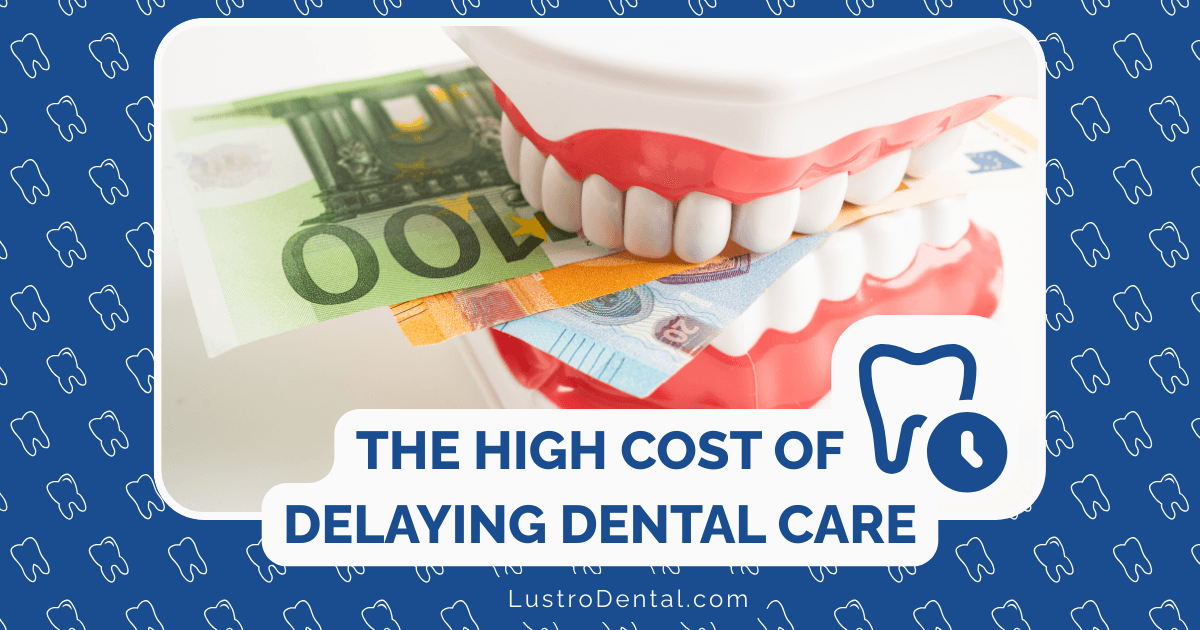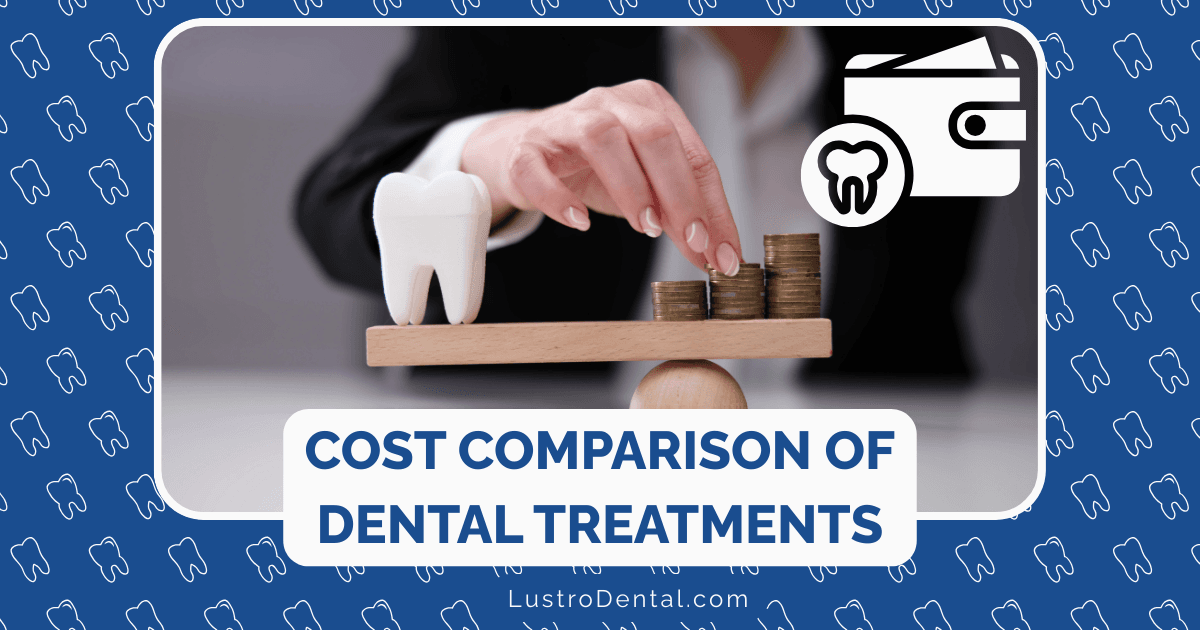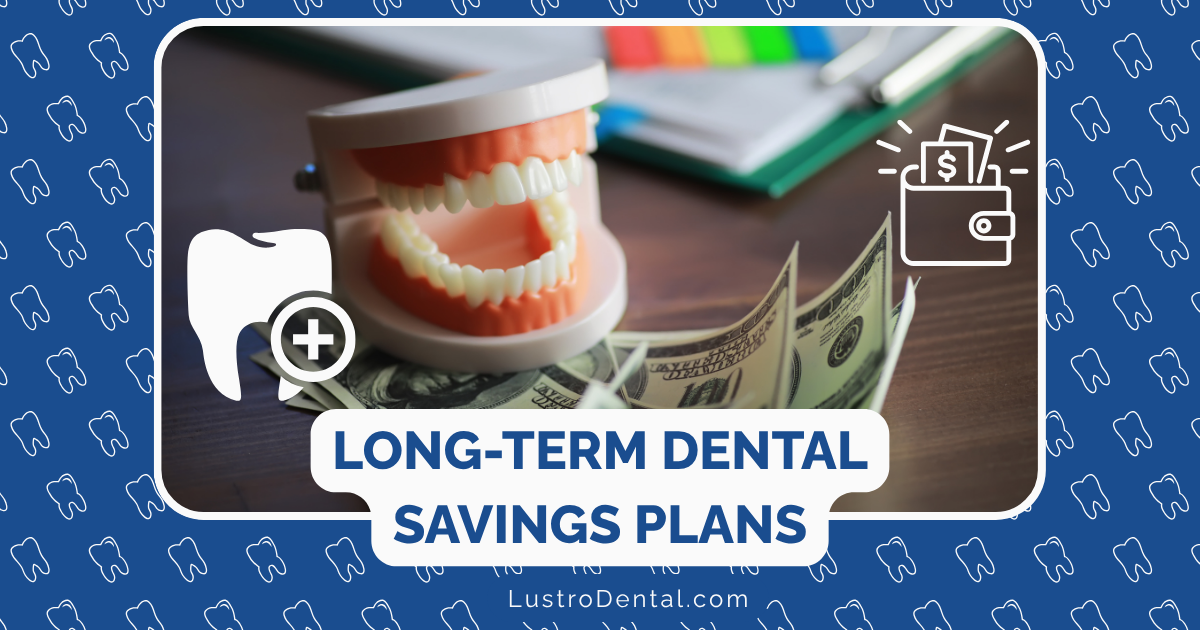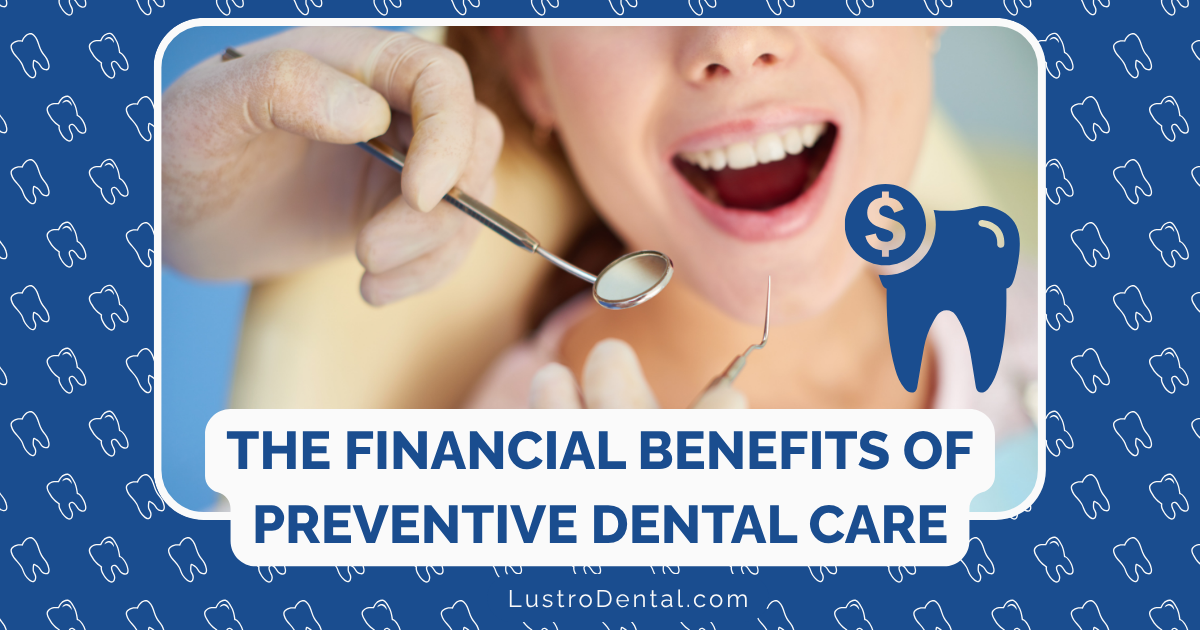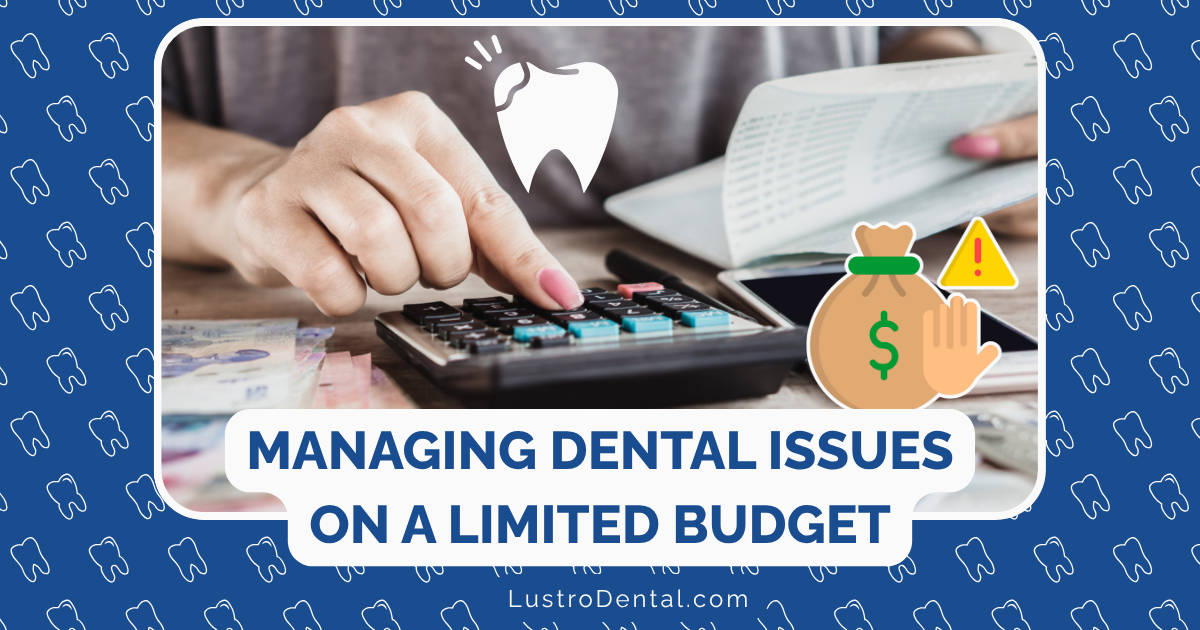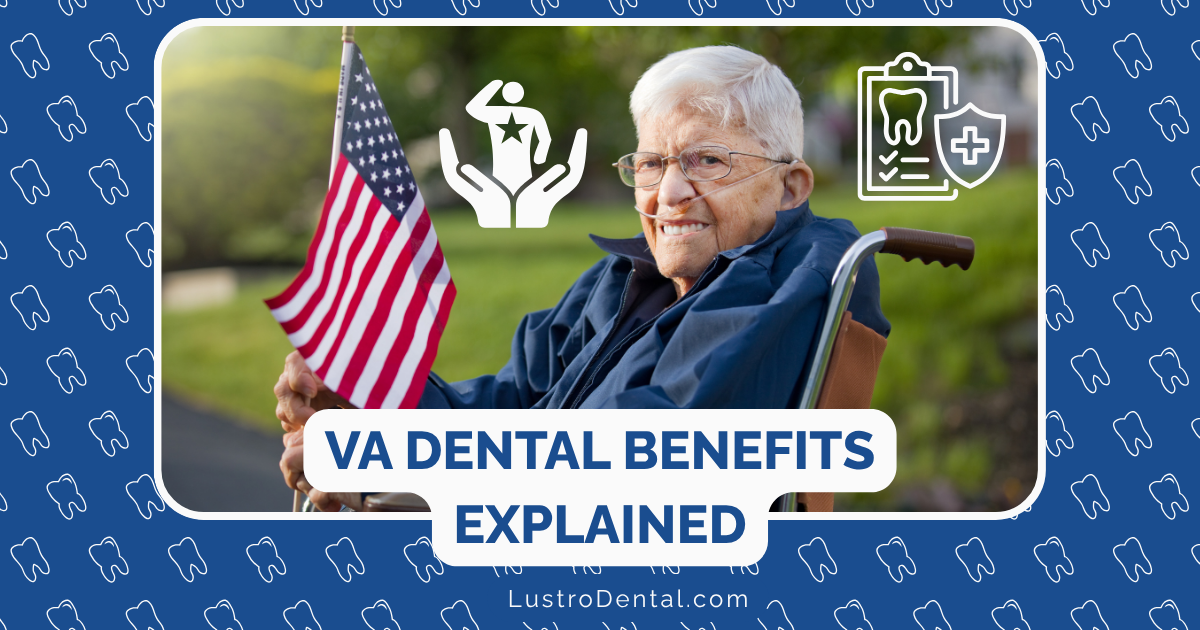Comparing Popular Dental Discount Programs: Features and Limitations
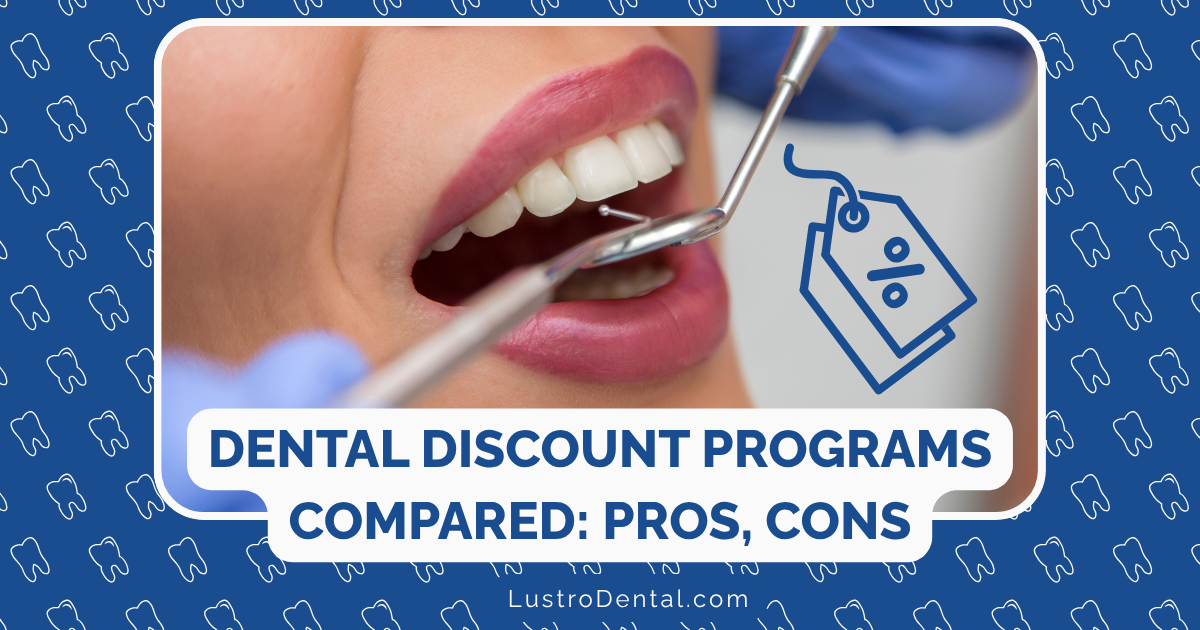
Dental care in America isn’t just expensive—it’s downright prohibitive for millions. With more than 76.5 million Americans lacking dental insurance, dental discount programs have emerged as an alternative path to affordability. But not all discount programs are created equal, and the marketing hype often glosses over significant limitations.
Let’s cut through the noise and compare the most popular dental discount programs on the market, examining both their standout features and their not-so-advertised limitations.
How Dental Discount Programs Work: The Basics
Before diving into specific programs, let’s clarify what these plans actually are:
Dental discount programs (also called dental savings plans) are membership-based services that provide access to reduced rates for dental procedures. Unlike insurance:
- You pay an annual membership fee instead of monthly premiums
- There are no claims to file—discounts are applied at the time of service
- There are no annual maximums, deductibles, or waiting periods
- Pre-existing conditions are typically covered
According to DentalPlans.com, members save an average of 15-50% on most dental procedures with these programs.
Major Players in the Dental Discount Arena
Let’s examine the top contenders:
1. Cigna Dental Savings Plan
Key Features:
- Access to 110,000+ dentists nationwide
- Savings of 15-50% on most procedures
- No health restrictions or age limits
- Includes discounts on orthodontics
- Activation within 3 business days
Limitations:
- Limited availability in rural areas
- Savings percentages vary significantly by procedure
- Some specialty services have minimal discounts (10-15%)
- Participating dentists can leave the network at any time
- Customer service issues reported in Better Business Bureau reviews
Best For: Urban and suburban residents seeking a large provider network with a recognizable brand name.
2. Aetna Vital Savings
Key Features:
- Network of 225,000+ available dental practice locations
- Savings of 15-50% on dental services
- Immediate activation (no waiting periods)
- Includes discounts on specialty care
- Backed by a major insurance company
Limitations:
- Higher annual fee than some competitors ($120+ for individuals)
- Network density varies significantly by region
- Some procedures show minimal savings compared to other plans
- Mixed reviews on customer service response times
- Limited transparency on exact discount percentages before purchase
Best For: Families needing specialty dental care who value a large network and established company reputation.
3. Careington 500 Series
Key Features:
- Among the lowest annual membership fees ($129 for families)
- Savings of 20-60% on most procedures
- Quick activation (24-72 hours)
- Includes discounts on some specialists
- Transparent fee schedule available before purchase
Limitations:
- Smaller network than major competitors (approximately 65,000 providers)
- Geographic coverage is spotty in some regions
- Limited savings on some major procedures
- Few additional non-dental benefits
- Less name recognition than insurance-affiliated programs
Best For: Budget-conscious individuals seeking maximum savings on basic and preventive care.
4. Delta Dental Patient Direct
Key Features:
- Name recognition as America’s largest dental benefits provider
- Strong network in most geographic areas
- Savings of 15-45% on covered services
- Clear fee schedule for common procedures
- Easy online provider search tools
Limitations:
- Higher membership costs than some alternatives
- Discount percentages tend to be lower than advertised by competitors
- Some specialty services excluded from discounts
- Varying discount structures by state
- Confusion between their discount plans and insurance products
Best For: Patients who already have a Delta Dental provider they want to continue seeing.
5. Humana Dental Savings Plus
Key Features:
- Bundled discounts on vision care and prescription medications
- Access to 260,000+ dental locations nationwide
- Transparent pricing structure
- No age restrictions or health questions
- Additional wellness discounts included
Limitations:
- More expensive than standalone dental discount programs
- Actual savings often lower than the advertised range
- Provider network quality varies significantly by location
- Some members report difficulty finding specialists
- Additional non-dental benefits may go unused
Best For: Individuals seeking a comprehensive health discount program beyond just dental.
Direct Comparison: Where Each Program Shines and Falls Short
Let’s break down how these programs compare across key factors:
Annual Membership Cost (Individual/Family)
| Program | Individual | Family |
| Cigna Dental Savings | $129 | $179 |
| Aetna Vital Savings | $120 | $169 |
| Careington 500 Series | $99 | $129 |
| Delta Dental Patient Direct | $130 | $190 |
| Humana Dental Savings Plus | $139 | $189 |
Average Discount Percentages by Procedure Type
| Program | Preventive | Basic | Major | Specialty |
| Cigna Dental Savings | 40-50% | 30-40% | 15-30% | 10-15% |
| Aetna Vital Savings | 35-45% | 30-35% | 15-25% | 15-20% |
| Careington 500 Series | 45-60% | 40-50% | 20-30% | 10-20% |
| Delta Dental Patient Direct | 30-45% | 25-35% | 15-25% | 10-15% |
| Humana Dental Savings Plus | 30-40% | 25-35% | 15-25% | 10-15% |
Network Size and Accessibility
| Program | Network Size | Rural Coverage | Specialist Availability |
| Cigna Dental Savings | 110,000+ | Fair | Good |
| Aetna Vital Savings | 225,000+ | Good | Very Good |
| Careington 500 Series | 65,000+ | Limited | Fair |
| Delta Dental Patient Direct | 140,000+ | Good | Good |
| Humana Dental Savings Plus | 260,000+ | Good | Good |
The Fine Print: Common Limitations Across All Programs
While each program has its own specific drawbacks, there are limitations common to all dental discount programs that consumers should understand:
1. Savings Variability
The advertised “up to 60%” savings typically applies to basic preventive services like cleanings and exams. More complex procedures often receive much smaller discounts.
According to Consumer Reports, actual average savings across all procedures tend to be closer to 20-30%, not the 50-60% often highlighted in marketing materials.
2. Provider Participation Limitations
Even within large networks, provider participation varies significantly:
- Some dentists limit the number of discount plan patients they accept
- Some only offer discounts during certain hours or days
- Some exclude their most experienced hygienists or specialists
- Providers can leave networks at any time without notice
3. Geographic Coverage Gaps
All plans have geographic strengths and weaknesses. Urban areas typically have robust networks, while rural areas often have limited or no participating providers.
4. Fee Schedule Changes
Providers can sometimes change their fee schedules for discount plan members, effectively reducing the value of the discount over time.
5. Limited Recourse for Quality Issues
Unlike insurance, discount plans typically offer no protection or recourse if you receive substandard care. There’s no regulatory body overseeing the quality of care provided under discount plans.
Who Benefits Most from Dental Discount Programs?
Despite their limitations, certain groups can realize significant value from these programs:
1. The Uninsured Middle
People who earn too much for Medicaid but can’t afford comprehensive dental insurance often benefit most from discount programs.
2. Seniors on Medicare
Since Medicare doesn’t include dental coverage, seniors often find discount programs to be an affordable alternative.
3. Those Needing Immediate Care
With no waiting periods, discount programs provide immediate savings for those needing dental work right away.
4. Families with Basic Dental Needs
Families primarily needing preventive care and occasional fillings often save more with discount programs than with insurance.
5. People with Pre-existing Conditions
Unlike insurance, discount programs don’t exclude pre-existing conditions.
Making the Most of Dental Discount Programs
If you decide a discount program is right for you, here’s how to maximize its value:
1. Verify Provider Participation Before Joining
Call the dentists you want to see and confirm they actively participate in the program and are accepting new discount plan patients.
2. Get Cost Estimates in Writing
Ask for a written estimate of your discounted costs before proceeding with treatment.
3. Compare Discounted Rates Between Providers
Even within the same network, discounted fees can vary significantly between providers.
4. Combine with Other Savings Strategies
Use tax-advantaged accounts like HSAs or FSAs to pay for dental care with pre-tax dollars, multiplying your savings.
5. Reassess Annually
Dental discount programs typically auto-renew. Evaluate whether you’re receiving sufficient value before each renewal.
The Bottom Line
Dental discount programs offer a viable alternative to traditional insurance for many Americans, but they come with significant limitations that aren’t always clearly disclosed in marketing materials.
The “best” program depends entirely on your specific needs, location, and preferred providers. Before committing to any program, do your homework:
- Check if your preferred dentists participate
- Compare the discounted fees for procedures you anticipate needing
- Calculate your potential savings against the membership fee
- Read the terms and conditions carefully
Remember that the largest advertised discounts typically apply to the services you need least (preventive care), while the smallest discounts apply to the expensive procedures you’re most concerned about affording.
Have you used a dental discount program? Share your experience in the comments below!


